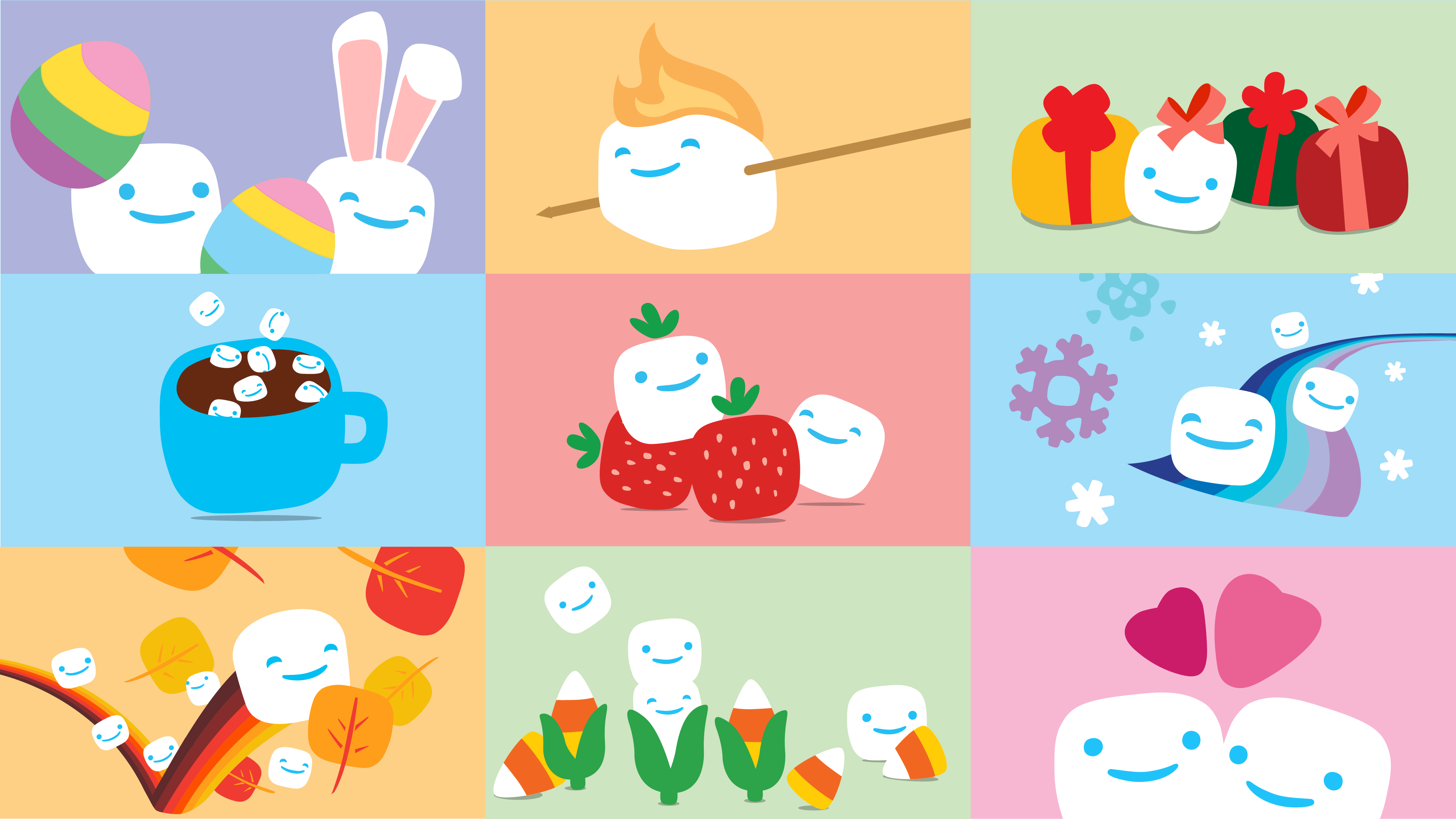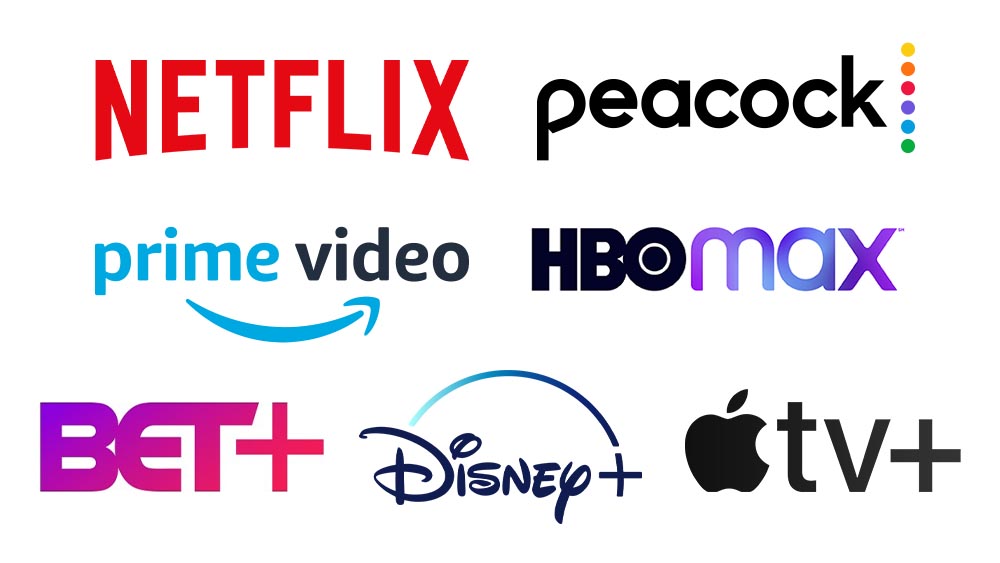As the weather outside gets colder, it means the drinks inside get warmer. As a kid, that meant hot chocolate time! It wasn’t quite like the hot chocolate experience in The Polar Express, but making a cup of hot chocolate with my mom meant getting one of my favorite things: marshmallows.
Marshmallows are a clear staple (and excellent to eat while you wait for the milk to heat up), and in my house we always had Jet-Puffed marshmallows. So when my Mom brought home from the store a new bag this December, my eye immediately noticed the new packaging and logo.
Enlarge

Before August of 2020, 1987 was the last time the logo was revamped from its 1958 original design. The 1987-2020 packaging is what I remember sitting in my cabinet next to the hot chocolate powder. But this new branding, by the agency, Jones Knowles Ritchie, is a lot more memorable, and I believe has the ability to last the KraftHeinz company another 33 years—at least.
On the agency’s website, they mention their “challenge was to transform the pantry staple from stale sleeper into puffy market icon.” You can really see how they managed to make Jet-Puffed stand out by making alterations to the brand’s color palette and changing the look of the logo. The new colors really add to a playful approach because it is reminiscent of a rainbow. People associate rainbows with children (or perhaps Irish folklore) because of this whimsical, magical element, and ultimately that’s what this new branding really portrays. But here’s what is so great about the new logo and branding: yes it’s all around cute, but not just in a cute way for kids—it’s something that captures the attention of an adult too.
What’s interesting about marshmallows is it’s a product kids really enjoy, but the adults are typically the ones picking this out. This is of course typical for all things, but I can’t recall any sort of advertisement for marshmallows, especially one geared directly towards kids. This is a product that needs the attention of adults, but also the kid appeal, so it can’t be too overwhelming or cheesy, but it can’t be plain and dull. Along with their brightened, but not too bright, color scheme, Jet-Puffed found another great solution. They introduced the Puff Pals: cute, 2D illustrations of marshmallows.
Enlarge

KraftHeinz says their purpose is to “spark joy, bring people together, and create memorable moments for people across the globe.” From what I’ve seen so far, Puff Pals are always together showcasing happy moments. They also appear all together in this surprisingly delightful new advertisement video. The Puff Pals spark joy, whether you’re a kid or adult (I think the 2-D element helps with this), and I can totally get behind that.
So even though this packaging fits in more with the KraftHeinz ultimate goal, Jones Knowles Ritchie ultimately took the Kraft logo off the front of the bag. Taking another look at the 1987 packaging, the Kraft logo takes attention away from the Jet-Puffed name and logo. Yes, Kraft itself is a well known brand name, but we’re just here for the marshmallows! The Puff Pals are a selling point alone!
Enlarge

Honestly, the new 2020 packaging just feels more marshmallow-like, especially when looking at the 1987 logo. The previous one I grew up with seems so much more “mature” than this new one. The colors are more dull, and there’s nothing engaging about it besides how the logo kinda looks like marshmallows. It is clever the way they achieved this with the shadows, shading, and outlines, but when we look at it next to this new and improved logo type, the old one seems almost “busy”. The 2020 typeface does a much cleaner job at delivering the same outcome. They were able to get rid of the extra shading and instead focus on the roundness and width of each of the letters. Making each letter that pure white was also smart because it looks more like a marshmallow. Each letter looks soft, as if you could hug them—or more appropriately, drop one into your cup of hot cocoa.
In today’s design world, we are seeing a lot of brands turn towards this simplified, modern approach. This decision is sometimes a flop, but in the case of Jet-Puffed: I think they added and subtracted just the right amount. They didn’t take out shadows and outlines to appeal to modernity, instead they found a way to take something new and make it seem nostalgic already. Let’s just say I really hope this packaging is in my cabinet, sitting next to my hot chocolate powder, 33 years from now.
